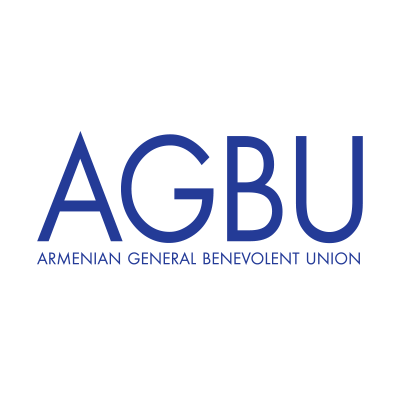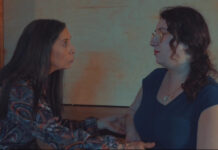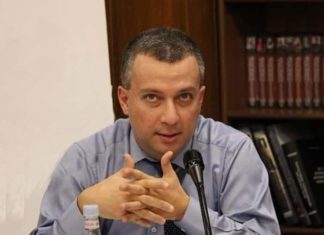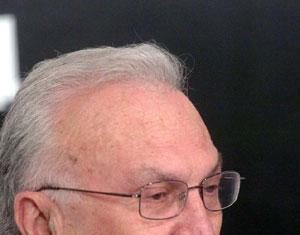By Edmond Y. Azadian
Armenians are hell-bent angry at the destruction of the Martyrs Monument and church in Deir Zor at the hand of Islamic zealots at the bidding of the Turkish authorities. That anger is compounded by global indifference in the face of such barbarism.
The US government was able to muster the forces of 80 countries and thus formed a coalition to fight the Islamic State of Iraq and Syria (ISIS). The Turkish government, led by President Recep Tayyip Erdogan, is thumbing its nose and blatantly helping ISIS forces, despite having nominally joined the coalition against them.
The once-thriving Armenian community in Aleppo, Syria, and the Deir Zor monument have always represented wounds to the Turkish government, which was waiting for an opportunity to destroy them. The war in Syria, mostly instigated by Turkey, provided the golden opportunity to make their move. Much like the Young Turk government, which used the cover of World War I to execute a long-planned extermination of its Armenian population, Erdogan used Turkey’s surrogates to decimate the Armenian community in Aleppo and the Martyrs’ Monument in Deir Zor.
Similarly, the Turks have been watching with alarm the formation of an autonomous Kurdish enclave on their border, around Kobani. That city at this moment is bearing the brunt of the ISIS offensive, using weapons and intelligence provided by Turkey.







